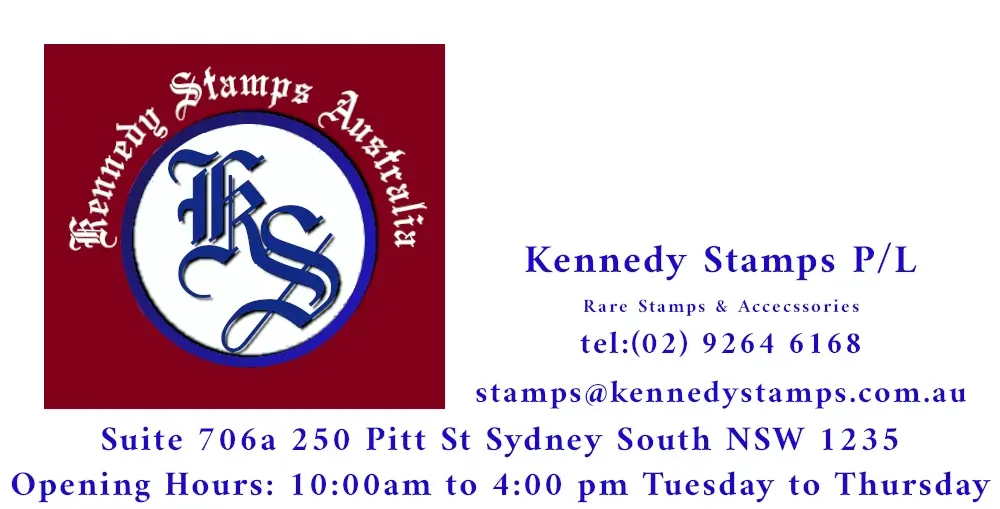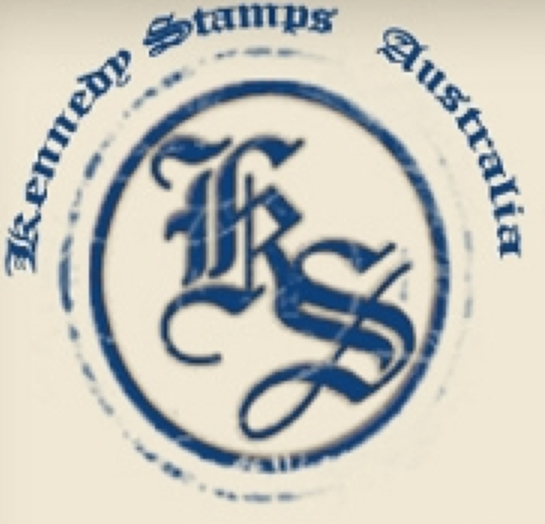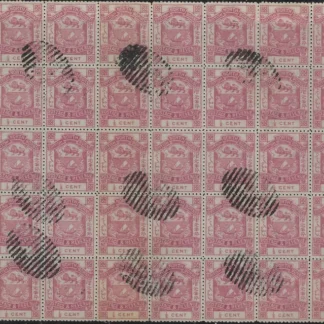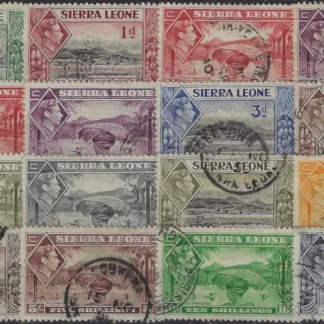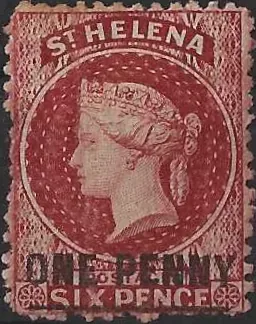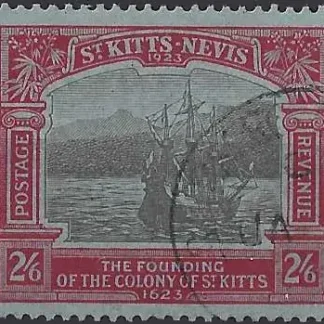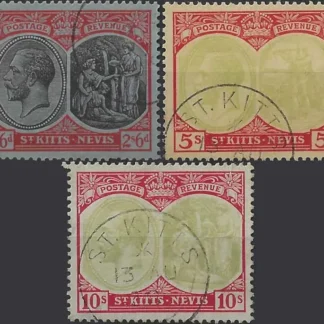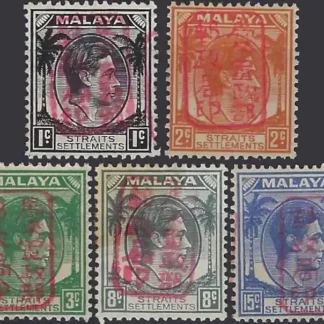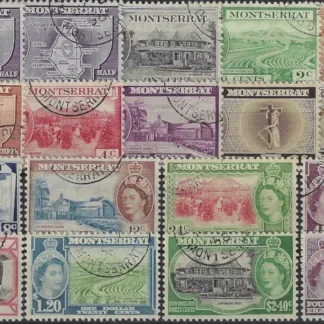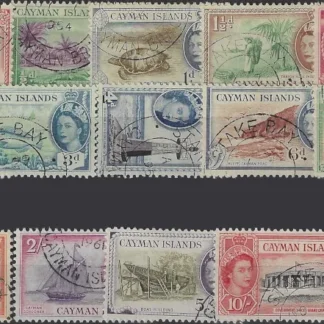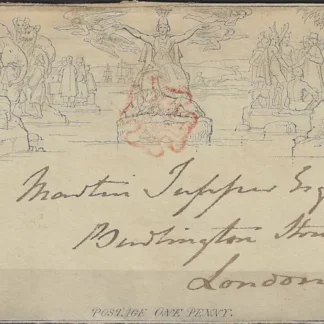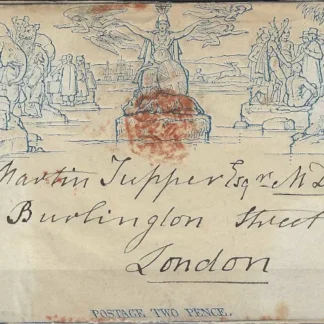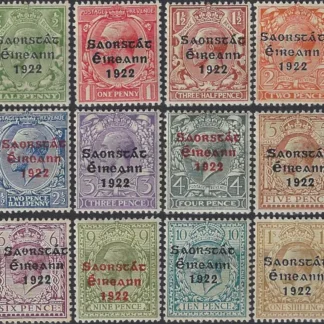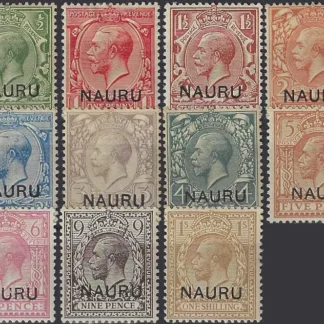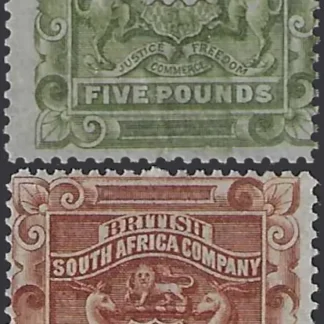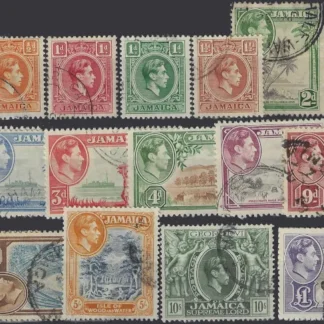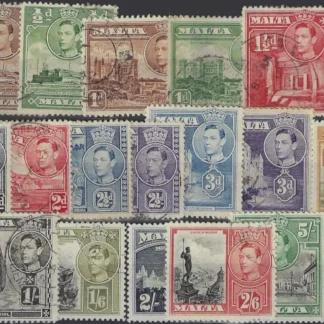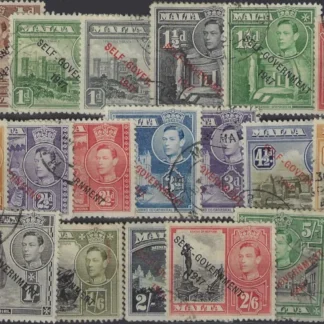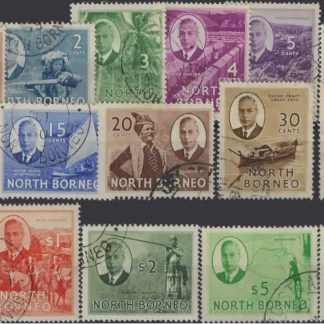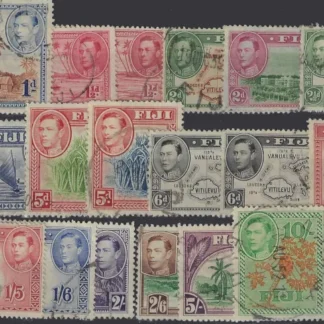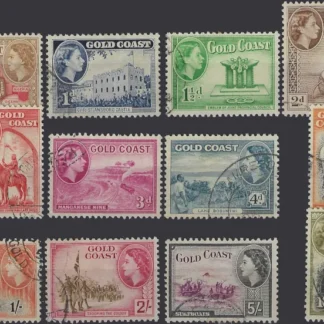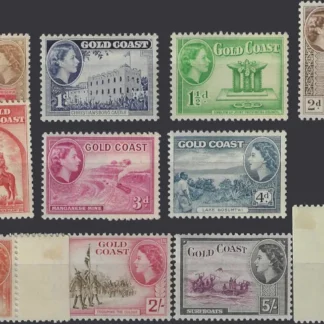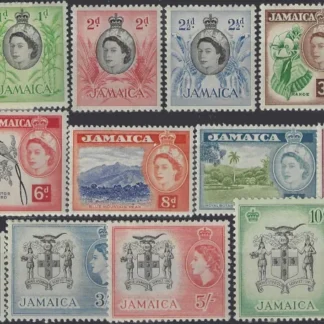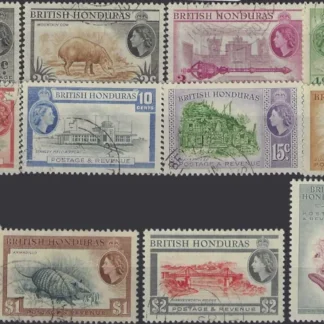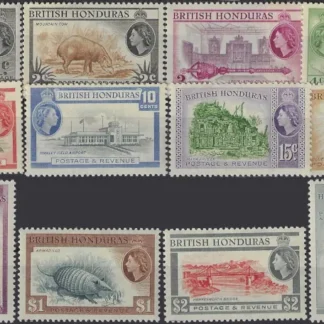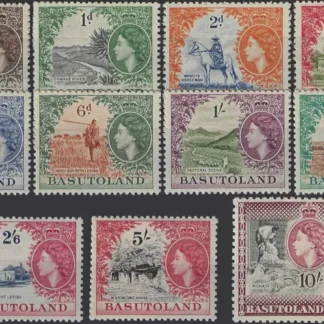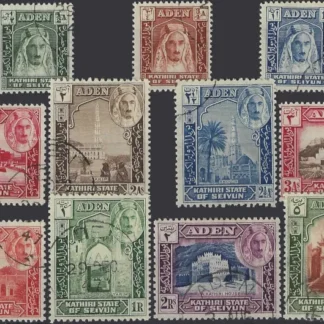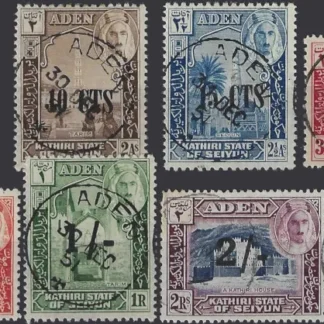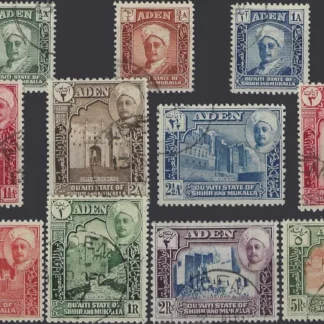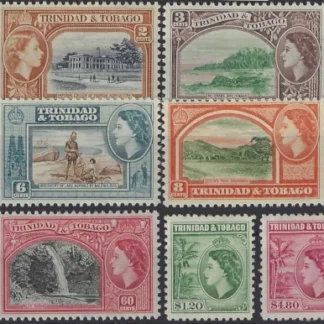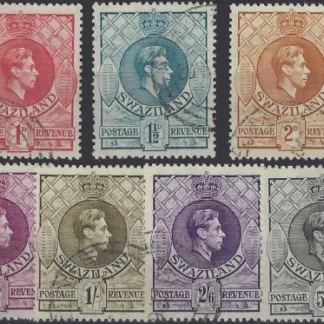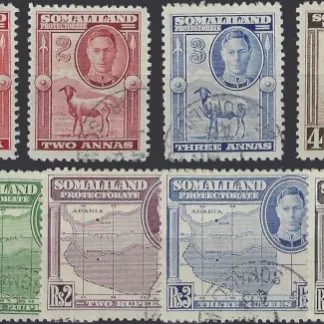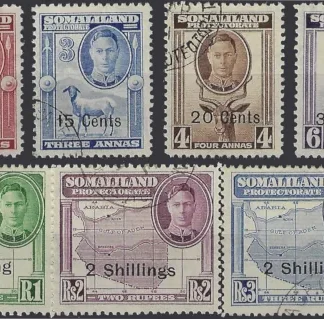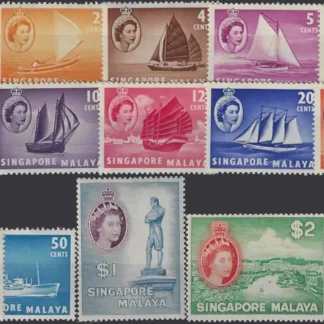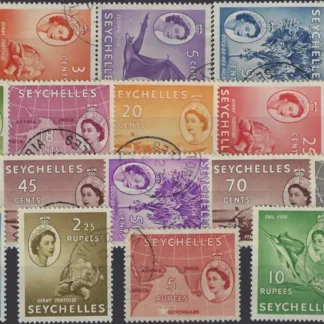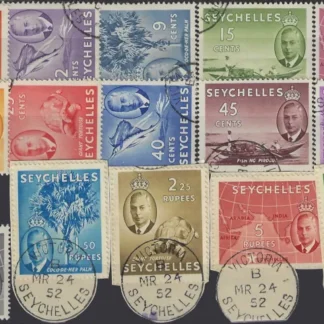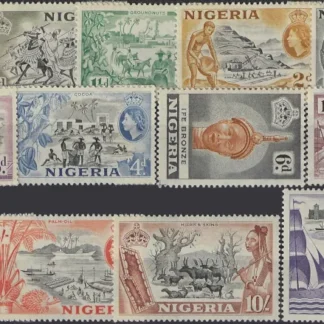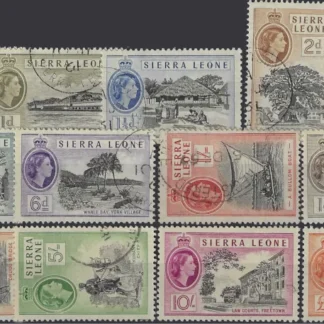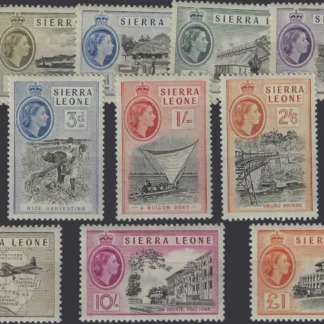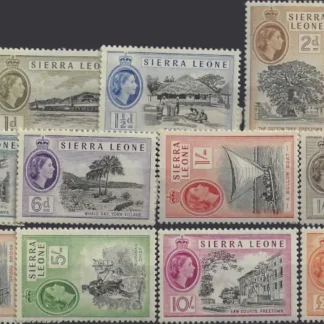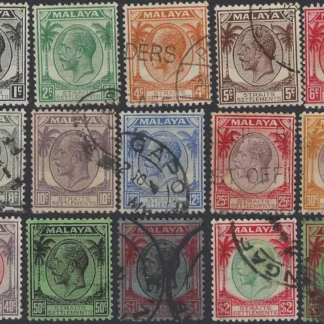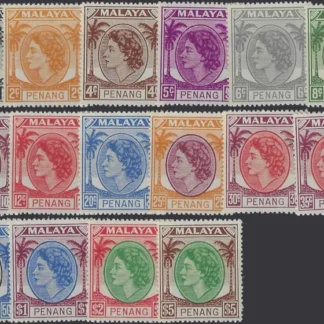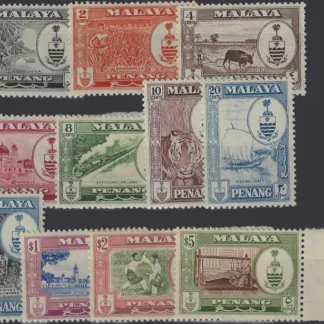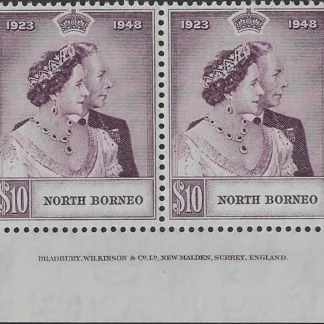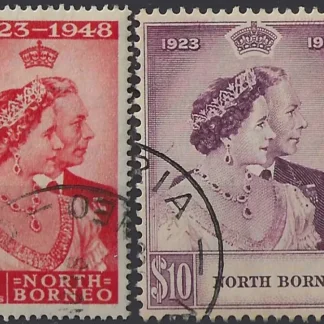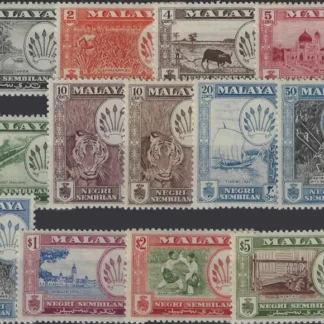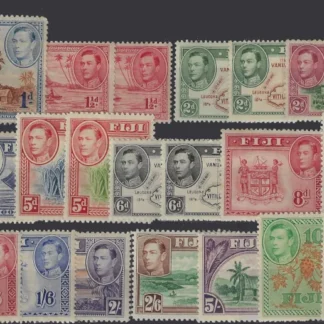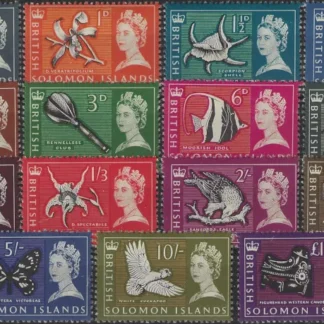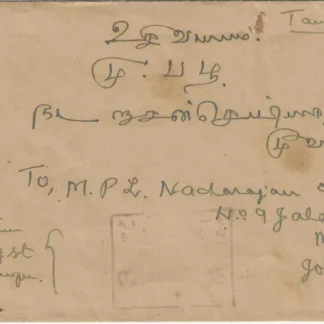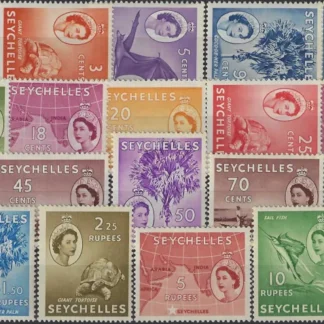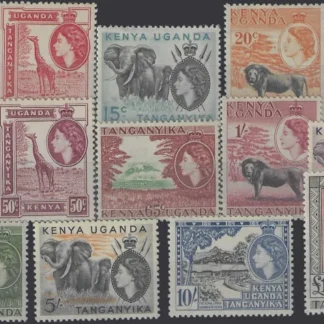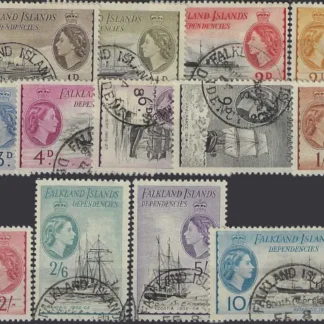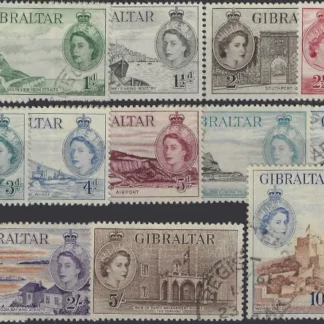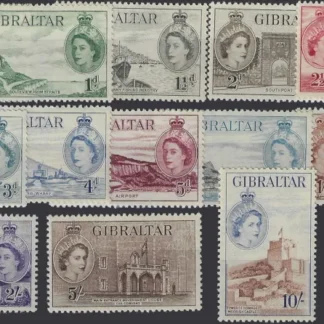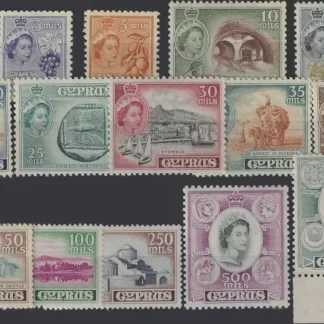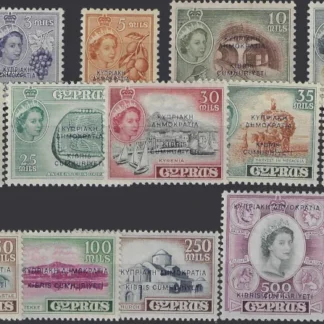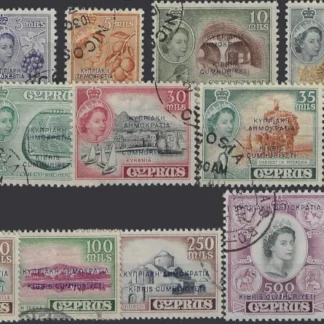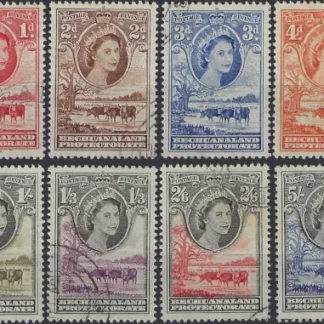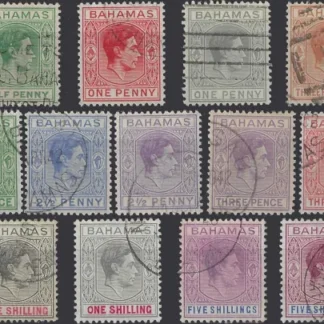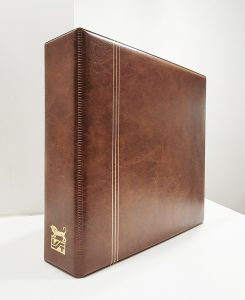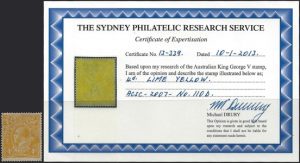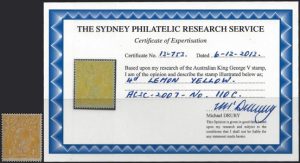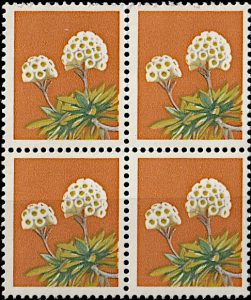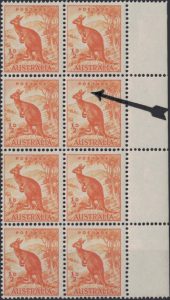British Commonwealth
The United Kingdom administrated or ruled the colonies dominions and other territories, which in all make up the British Commonwealth. At its peak of power the British Empire was the largest empire in history and was the dominant global power for over a century. During the Second World War we began to see the decline of the Empire due to South East Asia being heavily occupied by the Japanese, damaging the prestige of being a British colony in spite of Britain being victorious. Within the two years following the war, Britain then granted independence to its most populous and valuable colony, India. For the remainder of the 20th century many of the territories of the Empire then became independent as a large decolonisation movement was taking place passed by the powers of the European nations. This movement then ended in 1997 with Hong Kong being returned to the people’s republic of China. To this date the British sovereignty has a reign of a total of fourteen overseas territories. Following being made independent many former British colonies then joined the Common wealth of Nations a free association of independent states. The head of state for the British Commonwealth being Queen Elizabeth II is shared between a total of sixteen Commonwealth realms. Due to the many nations joining the Commonwealth this will have been viewed as a milestone for the progress of the uniting of our nations whilst having their own independence. As many major milestones in history are rarely significant enough to achieve their own stamps to be commissioned to honor the event. Commonwealth stamps are a true rare documented collection of stamps stating this worldwide event happened to unite society
Showing 1–72 of 586 resultsSorted by latest
-

Americas (83)
-

Caribbean (4)
-

South Africa (3)
-

Ireland (4)
-

Omnibus (2)
-

Atlantic (24)
-

Africa (138)
-

Asia (11)
-

Mediterranean (26)
-

Middle East (28)
-

Pacific (30)
-

South East Asia (219)
-

British Guiana (2)
-

King George V, Northern Rhodesia 1925, 10/-, SG 16,
$60.00 Add to cart -

Coat of Arms, North Borneo 1888, 50c, SG 46
$90.00 Add to cart -

Coat of Arms, North Borneo 1889, ½c, SG 36
$100.00 Add to cart -

KGVI, Sierra Leone 1938 – 44, ½d – £1, SG 188 – 200
$50.00 Add to cart -

Queen Victoria, St Helena 1864 – 80, 1d, SG 6
$50.00 Add to cart -

Tercentenary Of Colony, St Kitts-Nevis 1923, 2/6, SG 57
$70.00 Add to cart -

KGV, St Kitts-Nevis 1920, 2/6, 5/-, 10/-, SG 33 – 35
$70.00 Add to cart -

KE VII, Straits Settlements 1942, 1c – 15c, SG J92 – 96
$125.00 Add to cart -

QE II, Montserrat 1953 – 62, ½c – $4.80, SG 136 – 49
$50.00 Add to cart -

QE II, Cayman Islands 1962 – 64, ½d – £1, SG 165 – 79
$70.00 Add to cart -

Mulready CDS, Great Britain 1840, 1d, SG ???
$75.00 Add to cart -

Blue Mulready, CDS, Great Britain 1840, 2d, SG ME4
$175.00 Add to cart -

King George V, Ireland 1922, ½d – 1/-, SG 52 – 63
$75.00 Add to cart -

King George V, Nauru 1916 – 23, ½d – 1/-, SG 1 – 12
$95.00 Add to cart -

Coat of Arms, Rhodesia 1892-93, £5, £10, SG 12, 13
$1,600.00 Add to cart -

Kind Edward VII, Jamaica 1938, ½d-£1, SG 121-33a
$40.00 Add to cart -

Kind Edward VII, Malta 1938, 1f -10/-, SG 217-31
$45.00 Add to cart -

Kind Edward VII, Malta 1948, 1f -10/-, SG 234-48
$35.00 Add to cart -

King Edward VII, North Borneo 1950, 1c-$10, SG 356-70
$125.00 Add to cart -

King Edward VII, Fiji 1938, ½d-£1, SG 249-66b
$75.00 Add to cart -

Sir Charles Vyner Brooke, Sarawak 1947, 1c-$5, SG 150-64
$30.00 Add to cart -

Queen Elizabeth II, Gold Coast 1952-54, ½d-10/-, SG 153-64
$35.00 Add to cart -

Queen Elizabeth II, Gold Coast 1952-54, ½d-10/-, SG 153-64
$75.00 Add to cart -

Queen Elizabeth II, Jamaica 1956-58, ½d-£1, SG 159-74
$65.00 Add to cart -

Queen Elizabeth II, Basutoland 1954, ½d-10/-, SG 43-53
$75.00 Add to cart -

Queen Elizabeth II, British Honduras 1953, 1c-$5, SG 179-90
$30.00 Add to cart -

Queen Elizabeth II, British Honduras 1953, 1c-$5, SG 179-90
$70.00 Add to cart -

Queen Elizabeth II, Basutoland 1954, ½d-10/-, SG 43-53
$70.00 Add to cart -

Sultan Jafar bin Mansur, Aden 1942, ½A-5Rs, SG 1-11
$70.00 Add to cart -

Sultan Jafar bin Mansur, Aden 1951, 1A-5Rs, SG 20-27
$80.00 Add to cart -

Salih bin Ghalib al-Qu’aiti, Aden 1942-6, ½A-5Rs, SG 1-11
$45.00 Add to cart -

Salih bin Ghalib al-Qu’aiti, Aden 1951, 1A-5Rs, SG 20-27
$60.00 Add to cart -

QE II, Tristan Da Cunha 1954, ½d – 10/-, SG 14 – 27
$55.00 Add to cart -

KEVI, Trinidad and Tobago 1938, 1c – $4.80, SG 246 – 56
$50.00 Add to cart -

QE II, Trinidad and Tobago 1953-59, 1c – $4.80, SG 267 – 78
$40.00 Add to cart -

Queen Elizabeth II, Swaziland 1956, ½d – £1, SG 53 – 64
$75.00 Add to cart -

King George VI, Swaziland 1938, ½d – 10/-, SG 28 – 38
$45.00 Add to cart -

KEVI, Somaliland Protectorate 1942, ½An – 5Rs, SG 105 – 16
$45.00 Add to cart -

KEVI, Somaliland Protectorate 1951, 5c – 5/-, SG 125 – 35
$70.00 Add to cart -

Queen Elizabeth II, Singapore 1955-59, 1c – $5, SG 38 – 52
$80.00 Add to cart -

QE II, Seychelles 1954-61, 2c – 10Ru, SG 174 – 88
$50.00 Add to cart -

King George VI, Seychelles 1952, 3c – 10Ru, SG 158 – 72
$95.00 Add to cart -

Pictorials, Nigeria 1953-58, ½d – £1, SG 69 – 80
$70.00 Add to cart -

QE II, Sierra Leone 1956-61, ½d – £1, SG 210 – 22
$60.00 Add to cart -

Queen Elizabeth II, Sierra Leone 1956, ½d – £1, SG 210 – 22
$75.00 Add to cart -

QE II, Sierra Leone 1956-61, ½d – £1, SG 210 – 22
$80.00 Add to cart -

QE II, Southern Rhodesia 1953, ½d – £1, SG 78 – 91
$90.00 Add to cart -

KEV, Straits Settlements 1936, 1c – $5, SG 260 – 74
$30.00 Add to cart -

Queen Elizabeth II, Penang 1954-57, 1c – $5, SG 3 – 22
$50.00 Add to cart -

Pictorials, Penang 1960, 1c – $5, SG 55 – 65
$30.00 Add to cart -

Silver Wedding, North Borneo 1948, $10, SG 351
$75.00 Add to cart -

Silver Wedding, North Borneo 1948, 8c & $10, SG 350 – 1
$35.00 Add to cart -

King George VI, North Borneo 1952, 50c, SG 366a
$50.00 Add to cart -

QE II, North Borneo 1959 & 57, 3c, SG 374a(pair) & 374
$15.00 Add to cart -

KEVI, North Borneo 1950-52, 1c – $10, SG 356-70 & 366a
$90.00 Add to cart -

Pictorials, Negri Sembilan 1956-63, 1c – $5, SG 68-79
$45.00 Add to cart -

Sultan Abdul Hamid Halim Shah, Kedah 1937, 12c, SG 61
$50.00 Add to cart -

King George VI, Gold Coast 1938, ½d – 10/-, SG 120-132
$35.00 Add to cart -

King George VI, Fiji 1938-55, ½d – £1, SG 249-266b
$150.00 Add to cart -

QE II, Solomon Islands 1965, ½d – £1, SG 112-126
$40.00 Add to cart -

Japanese Occp, Nth Borneo 1943, 8c, Tied SG J19 on reverse
$75.00 Add to cart -

QE II, Seychelles 1954 – 61, 2c – 10R, SG 174 – 188
$70.00 Add to cart -

Queen Elizabeth II, Kenya 1954-59, 5c-£1, SG 167-180
$90.00 Add to cart -

QE II, Falkland Islands 1954 – 62, ½d – £1, SG G26 – 40
$125.00 Add to cart -

Queen Elizabeth II, Gibraltar 1953-59, ½d-£1, SG 145-158
$120.00 Add to cart -

Queen Elizabeth II, Gibraltar 1953-59, ½d-£1, SG 145-158
$95.00 Add to cart -

Queen Elizabeth II, Cyprus 1955-60, 2m-£1, SG 173-187
$90.00 Add to cart -

Queen Elizabeth II, Cyprus 1960-61, 2m-£1, SG 188-202
$95.00 Add to cart -

Queen Elizabeth II, Cyprus 1960-61, 2m-£1, SG 188-202
$80.00 Add to cart -

QE II, Bechuanaland Protectorate 1955-8, ½d-10/-, SG143-53
$60.00 Add to cart -

KGVI, Bahamas 1938-52, ½d – £1, SG 149 – 157
$190.00 Add to cart -

Queen Elizabeth II, Ascension 1956, ½d-10/-, SG 57-69
$80.00 Add to cart
Showing 1–72 of 586 resultsSorted by latest
